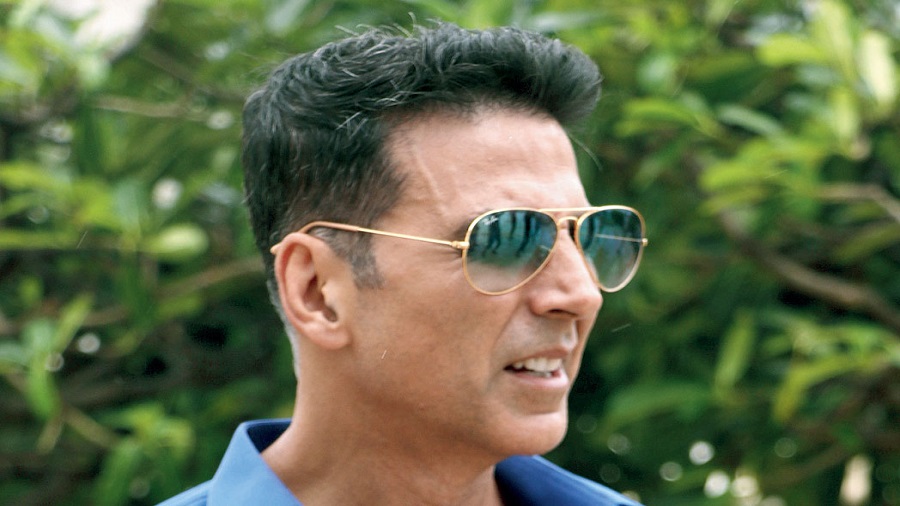Take a look at these anaemic box-office figures:
Janhvi Kapoor-Rajkummar Rao starrer Roohi’s opening five-day collection: Rs 12.50 crore; mopped-up figure two weeks later: Rs 20.35 crore. Cost: Rs 35 crore
T-Series’ John Abraham-Emraan Hashmi starrer Mumbai Saga’s opening four-day collection: Rs 10.16 crore. Cost: Rs 50 crore
YRF’s Parineeti Chopra-Arjun Kapoor starrer Sandeep Aur Pinky Faraar’s opening two-day figure: Rs 50 lakh (not even Rs 1 crore). Cost: Rs 25 crore
An industry that not long ago used the Rs 100-crore benchmark to boast its commercial worth, is today flashing an enthused thumbs-up over the dismal collections of its recent theatrical releases.
In normal circumstances, a 90s-style action film like Mumbai Saga may have covered its cost and more with patronage from single screens. The timing of John Abraham’s cops-gangsters-n-politicians fare would’ve been complimented for arriving precisely when Mumbai was in the grip of an image-damaging police-n-politician crime drama.
But looking at the figures dispassionately, how do theatrical releases during Covid times help theatres and producers when the audience response is so weak? Is the insistence on a theatrical release logical when even half the cost isn’t being recovered?
“It is,” says Vinod Bhanushali, president, T-Series. The reasons are manifold for producers going into theatres when Covid protocols have halved the halls and food stalls, the main money-rakers, are nearly empty.
First, the financials. The move is two-fold. Cover the cost by selling a film to an OTT platform four weeks after theatrical release. OTT viewers are not hung up on the first day-first show and don’t mind watching a movie safely at home four weeks after it does the rounds of empty theatres.
Once the cost is more or less covered by OTT, what trickles in from theatres is a bonus. Psychology follows the financials.
Filmmakers yearn for the theatre experience. As we exited the screening of Saina, the biopic in which Parineeti Chopra plays Saina Nehwal, the former World No. 1 badminton champ, director Amole Gupte enthused, “I’ve undoubtedly made Saina for the theatres. Look at the scale, the stadiums. It is a big-screen experience.”
Citing the Rs 200 crore-plus collections of Tanhaji, the last Hindi film to make a killing at the box office, Bhanushali underlined that big money came from ticket sales, not from OTT, and they had a symbiotic relationship with theatres. Filmmakers want the numbers from a vast theatre-going viewership while cinema halls, bleeding and on the verge of closing down, require some movement in their auditoriums.
Both parties believe that irrespective of the losses now, there has to be a first step towards restoring the movie-going business. Big houses like YRF and T-Series have a pro-theatre commitment and are ready for the movement auditoriums so desperately seek.
Some producers also whispered that OTT platforms were beginning to be big bullies and needed to know that the theatre option was still open.
But scepticism also persists. YRF, after Sandeep Aur Pinky... bled at the box office, has held back Bunty Aur Babli 2, the Rani Mukherji-Saif Ali Khan starrer scheduled for a April 23 release. Eros too has stepped back, “Given the Covid-19 situation in the Hindi markets, the team of Haathi Mere Saathi has decided to hold the release of the film.” So there’s a hefty percentage that feels the current optimism is premature and delusional.
But there also lurks the hope that there will be an abracadabra moment. Will Sooryavanshi, the Akshay-Ranveer-Ajay-Katrina biggie, set the momentum for a return to normalcy? The much-bruised producers are hedging their bets. They’ll go into theatres on April 30 but have simultaneously struck a Rs 200-crore deal with Netflix for four weeks later — to stream from May 28.
That’s the toolkit of the day.
Bharathi S. Pradhan is a senior journalist and author











